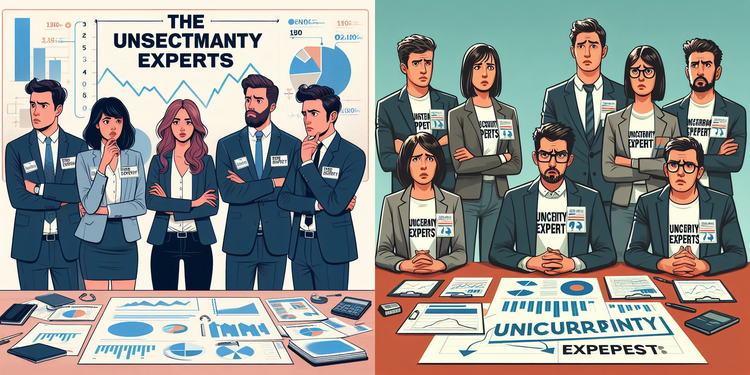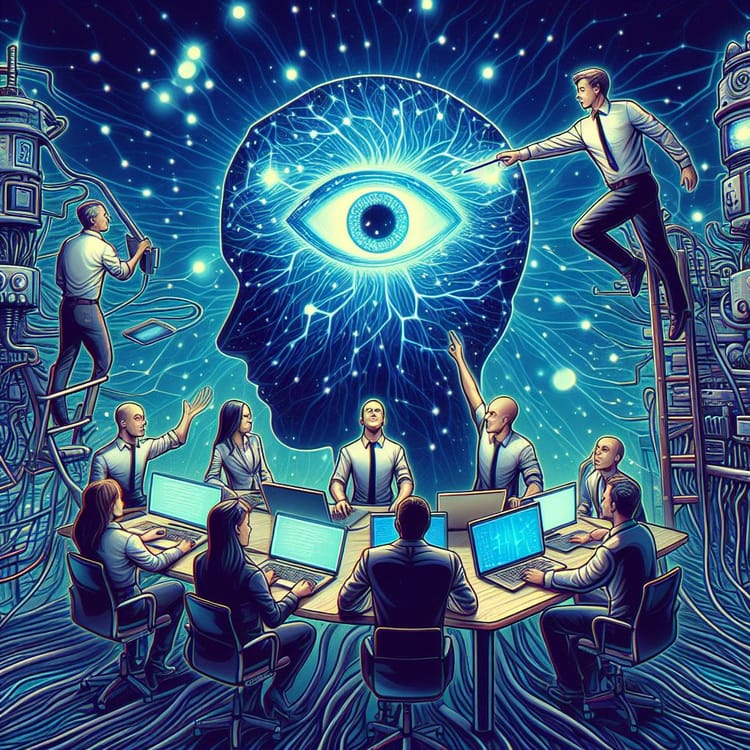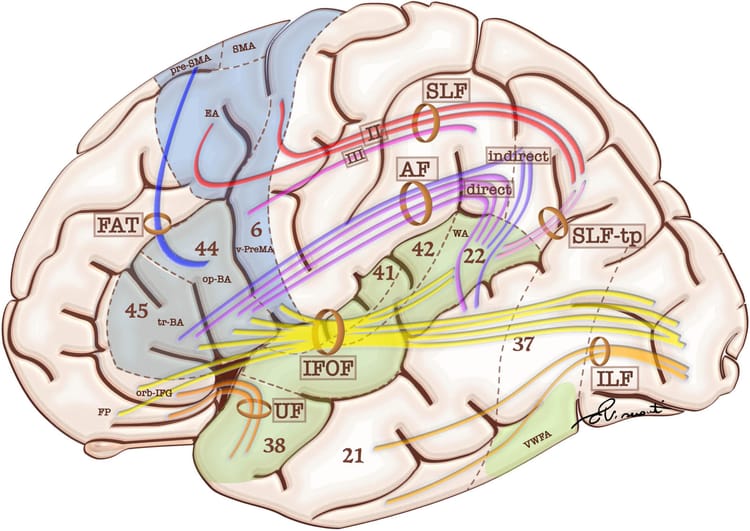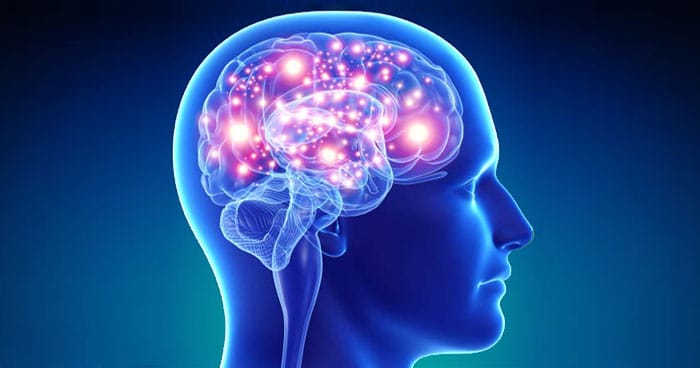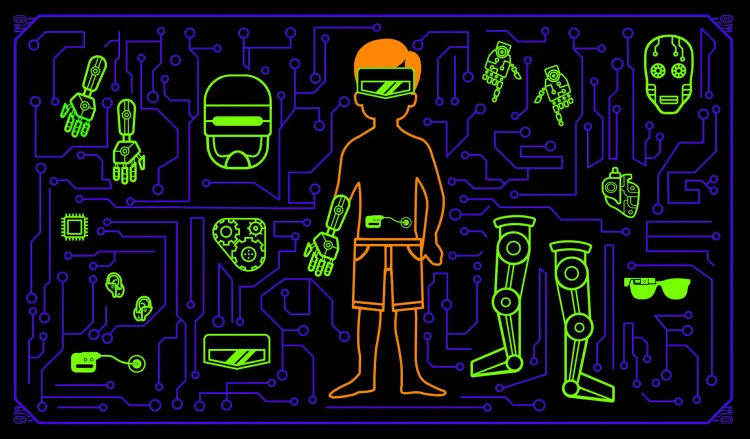Neuroprosthetics
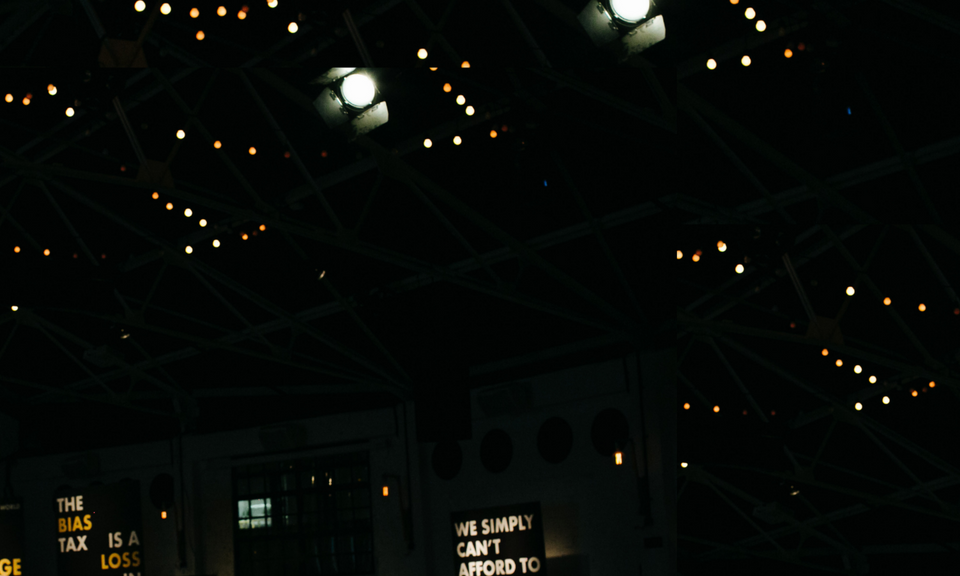
Vivienne, Malcolm Gladwell, and Sir Ken Robinson “jammed” together on stage and discussed creativity and human potential at Energy Disruptors last fall.
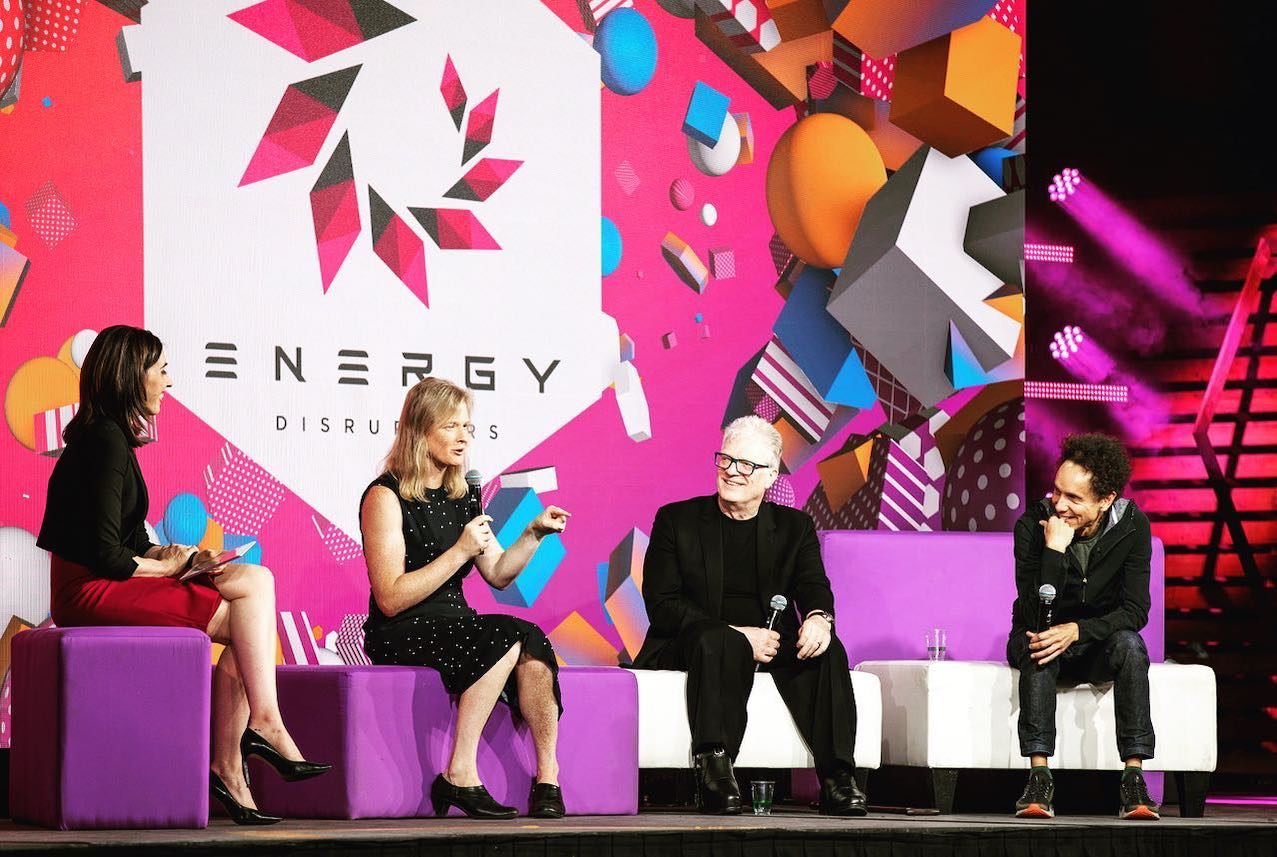
Get a taste for Vivienne’s kooky style and dynamic stage presence in our new keynotes reel! Book Vivienne
Recent Highlights
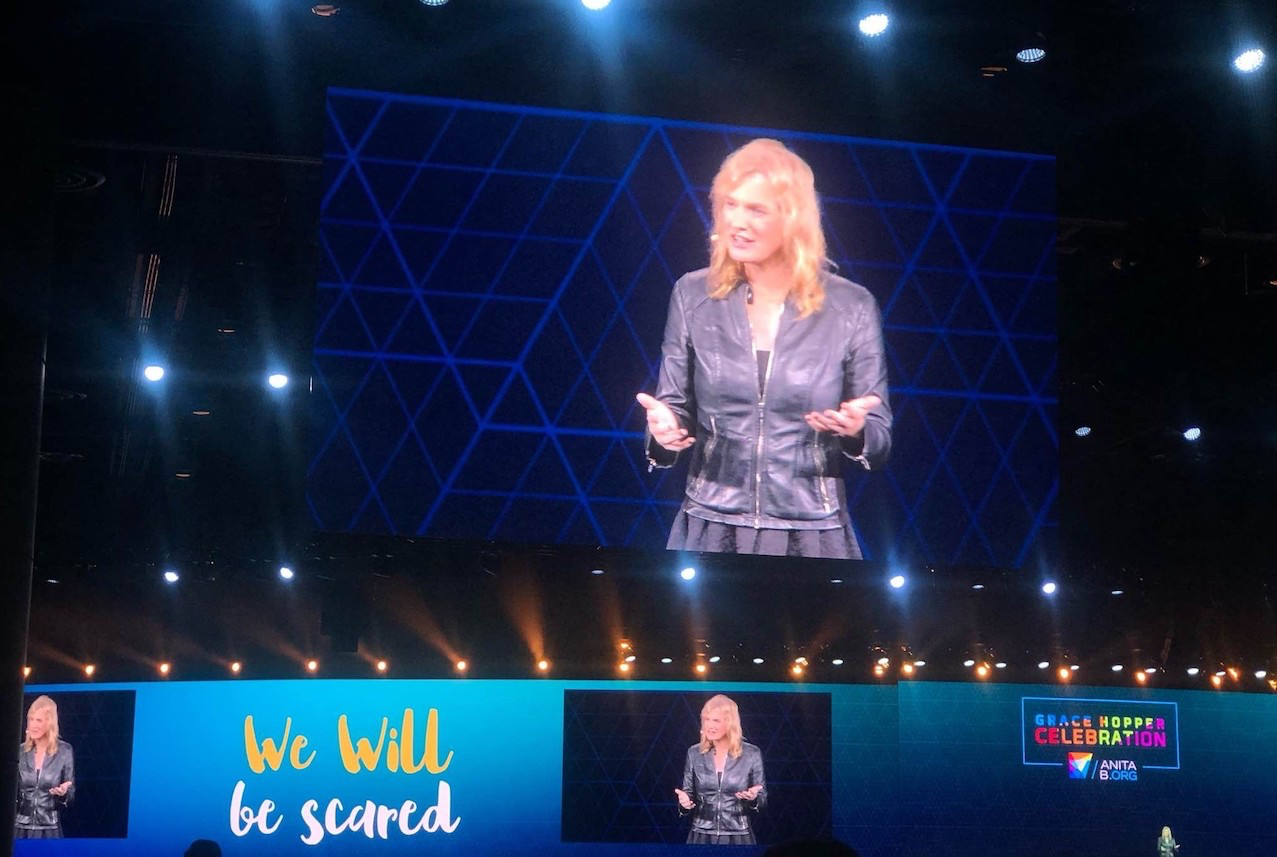
Vivienne delivered an emotional closing keynote on purpose, fanaticism, and courage at the Grace Hopper conference to 30,000 people in Florida. [Holy Crap! I'm that tiny little person at the bottom.]
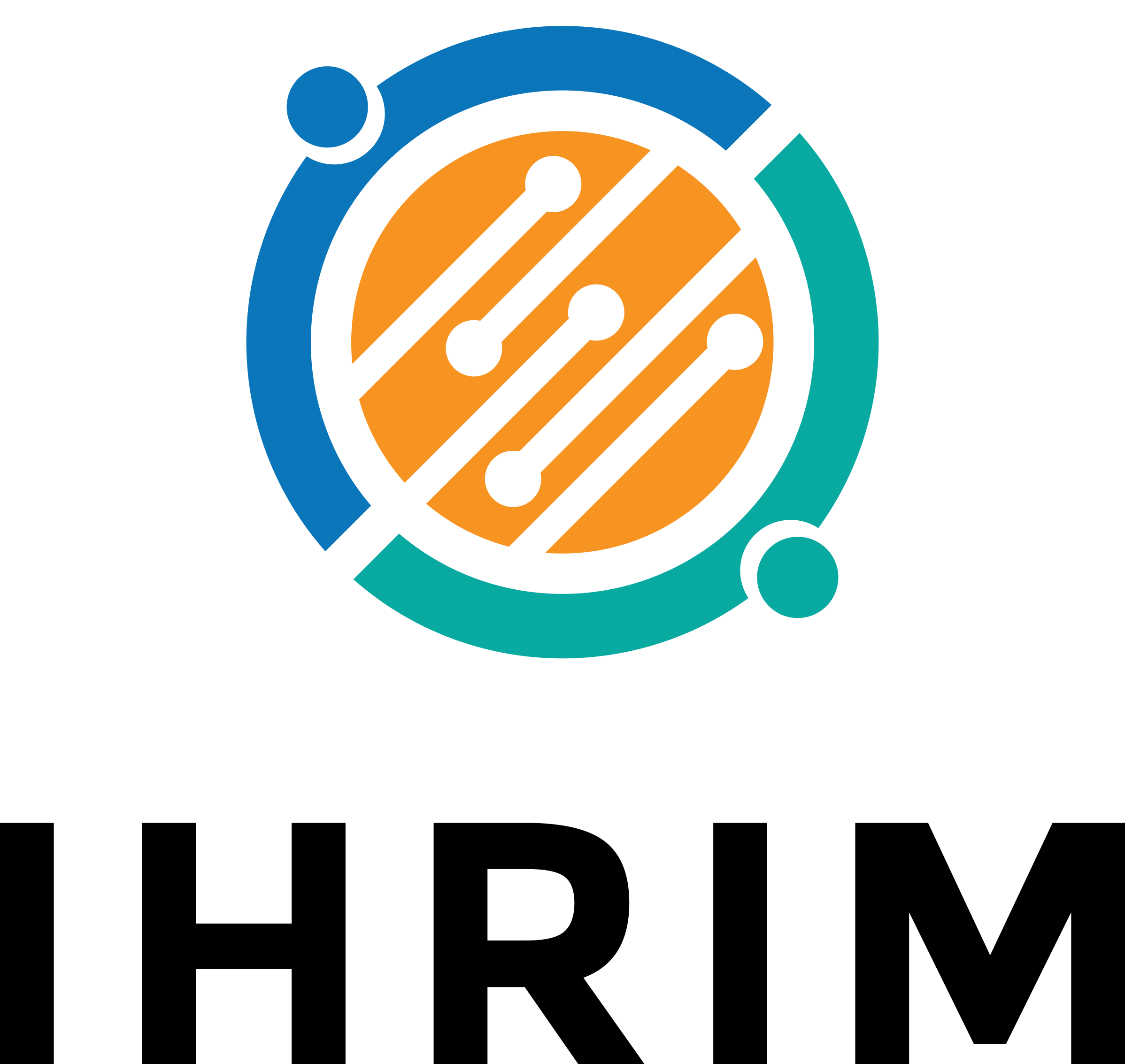
Quite on topic for this month’s theme, Vivienne reviews how crazy neurotechnologies could transform human resources and the workplace for IHRIM.

In a recent Financial Times Op-Ed, Vivienne debunked the myth that better data can solve algorithmic bias and emphasized the role of human problem solving in AI.
Upcoming
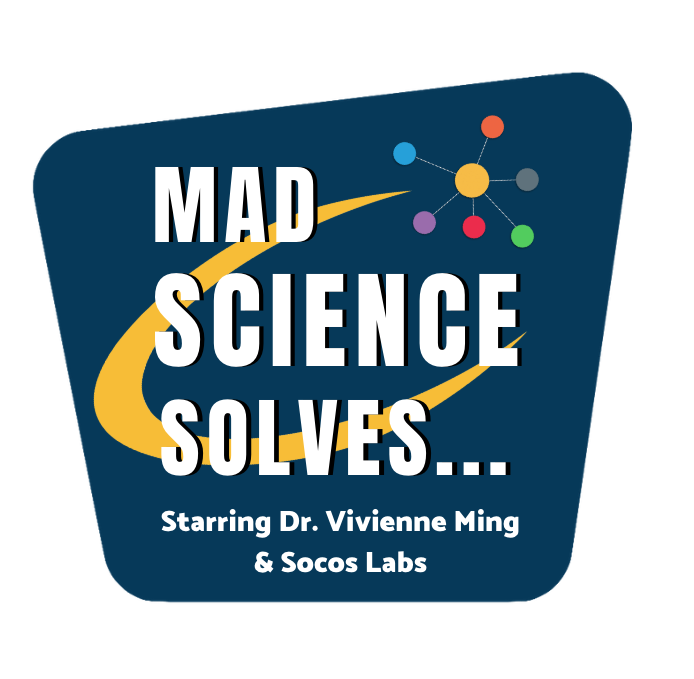
February 6, come hear Vivienne explore how "Mad Science Solves...Ethics & Technology!”, a free public talk at UC Berkeley. It’s the first of Socos Labs’ new “Mad Science Solves…” event series. Seats are nearly gone, but the next “Mad Science Solves…” at Stanford is already in the works.
Finished
Vivienne will demistify artificial intelligence for fellow LGBTQ innovators attending the Lightbox retreat in Santa Barbara, February 14-16th.
Finished
Come to San Diego this March to hear Vivienne’s keynote on education’s make-or-break role in the future of work at the ASU GSV Summit. Stay for Malcolm Gladwell, Bill Nye, Gloria Steinem, and one would assume, the pie. Postponed until the fall of 2020 dueto Covid-19 outbreak.
Later this spring, the University of Texas LBJ School of Public Affairs will commemorate its 50th Anniversary in collaboration with TIME Magazine. Spend a day with Anne-Marie Slaughter, Dr. Ezekiel Emanuel, Susan Dell, and other luminaries (and, holy shit, Vivienne too!) to discuss some of the most pressing policy issues that affect our world today. Postponed until the fall of 2020 dueto Covid-19 outbreak.
Research Roundup
Electrical fingerprint of the amygdala guides neurofeedback training for stress resilience, Nature (2019)
Wireless Network Brings Dust-Sized Brain Implants a Step Closer, IEEE Spectrum (2019)
Gamma frequency entrainment attenuates amyloid load and modifies microglia, Nature (2019)
Working memory revived in older adults by synchronizing rhythmic brain circuits, Nature (2019)
Increasing honesty in humans with noninvasive brain stimulation, PNAS (2017)
Mad Science
Live in the lab today, we’re exploring the brain in collaboration with dynamic startups that are working to expand working memory and cognitive health, light-based treatment for Alzheimer's, unlocking speech for avocal children, and advance the science of human performance, along with our own project to build a cognitive fitness tracker for online health.
Books
From Professional Mad Scientist
My first project in neuroprosthetics came during grad school at Carnegie Mellon. My advisor and I developed a machine learning algorithm that learned how to hear just by “listening” to the world around it. I’d stroll through Schenley and Frick Parks in Pittsburgh. As the system “listened” to the sounds of birds, breeze, and babbling brooks, the algorithm slowly learned to hear more and more, subtly adjusting millions of internal calculations to make greater sense of its auditory world.
Inspired by one of my dissertation advisors’ research, I began to wonder if we could build an AI-driven cochlear implant, a neuroprosthetic ear that restores hearing in some forms of deafness. Our experiments showed that the algorithm greatly improved speech perception for those using these implants. I loved both my pure science research and my applied work in facial analysis, but this was the first time I’d built something that could transform someone’s life. That experience, in turn, transformed my own life, because I knew that this was how I wanted to spend the rest of it.
My introduction to neuroprosthetics was also an introduction to the messy complexity of what makes a “better” life. As a naive hearing person, it never occurred to me that some would experience deafness as an identity rather than a disability, with its own languages and culture. In some communities, however, cochlear implants are seen as genocide: of their unique languages, of their way of life, of who they are. And yet, there is also evidence that infants receiving implants not only learn to hear, but that it even increases broader cognitive function. Much like autism, I’m often confronted with the dilemma of “curing” people of who they are versus giving them the tools to share those rich differences with the world.
This dilemma takes on an even greater urgency when I confess that my particular area of research and development is cognitive neuroprosthetics: devices that directly interface with the brain to improve our memory, attention, emotion, and much more. For many, the idea of computers being jammed into our brains evokes science fiction nightmares like the Borg from Star Trek or the human-like machines of The Terminator. While my own work takes me in very different directions than these dark stories, it’s true that neuroprosthetics are already beginning to change the definition of what it means to be “human”, and the end result of these explorations of humanity are not at all clear.
